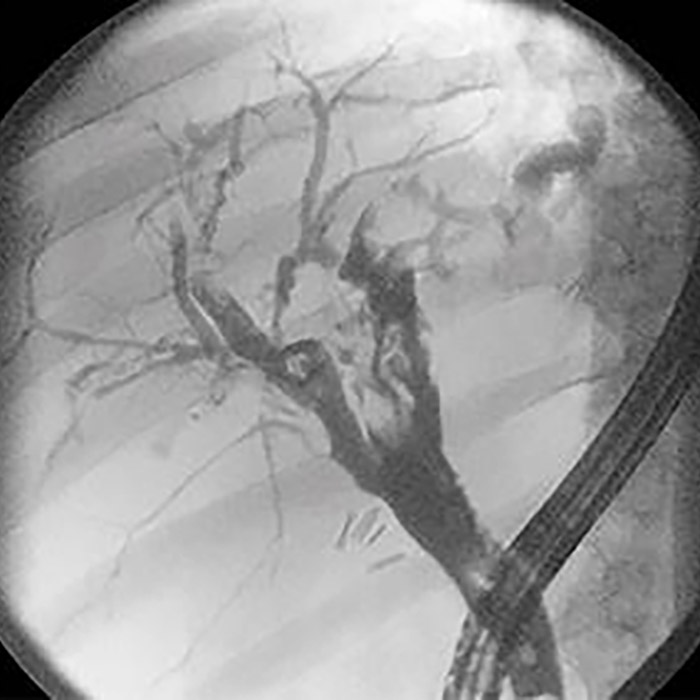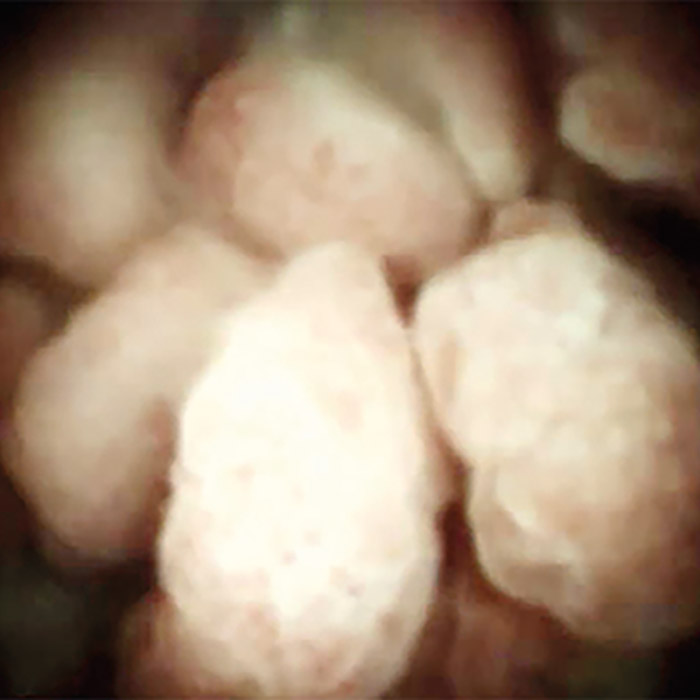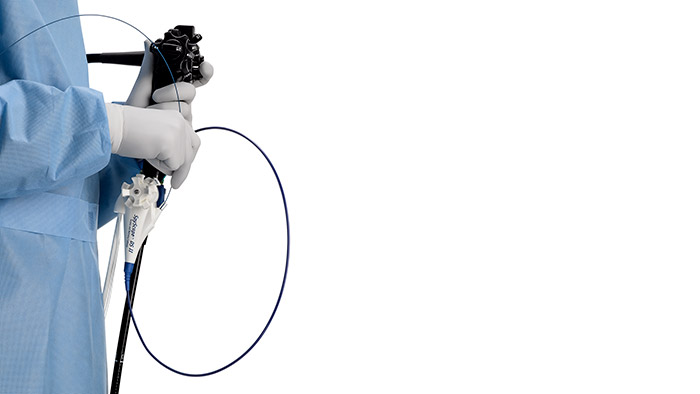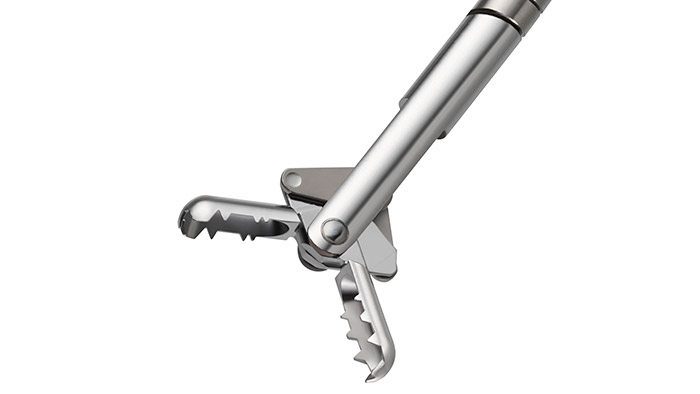Celebrating 20 years of Cholangioscopy
Did you know that the SpyGlass™ DS II Direct Visualization System has been adopted in over 85 countries1 and has facilitated more than 250,000 procedures since 20161?

20 years since FDA Cleared first Single-Operator Cholangioscopy System SpyGlassTM
10 years since FDA Approved first digital Single-Operator Cholangioscopy System SpyGlassTM DS
5 years since FDA Approved SpyGlassTM Discover
We are excited to announce our new long-term strategic collaboration with Scivita Medical to expand, elevate and transform cholangioscopy together. Watch this space!


The value of direct visualization

The SpyGlass DS System enables high resolution imaging and therapy during an endoscopic retrograde cholangiopancreatography (ERCP) procedure to target biopsies and fragment stones.2
A 2019 study examined the role of digital cholangiopancreatoscopy technology in mapping the extent of malignant involvement in the biliary or pancreatic ducts before surgical intervention. Through an analysis of 118 patients, it demonstrated that the surgical plan was altered in 34% of cases when using direct visualization with the SpyGlass™ DS System.3
85% altered
In a clinical study of 298 patients, clinical management was altered in 85% of patients undergoing diagnostic ERCP with Cholangioscopy.4
89% success
Demonstrated 89% stone clearance after a single ERCP session may allow patients to avoid repeat endoscopic interventions or more invasive procedures to treat difficult biliary and pancreatic stones.5
In a study, it was suggested SpyGlass DS could help reduce number of repeat procedures, hence reducing the overall expenditure of hospitals.6
Clinical cases aren't predictive of device performance.
Diagnostic ERCP performed with:

Fluoroscopic visualization

SpyGlass™ DS Direct Visualization System
Find out how direct visualization can help you improve patient outcomes:
View product information for the SpyGlass™ DS Direct Visualization System:

Driving innovation in HPB diagnosis
At Boston Scientific, we understand the challenges you may face in achieving a diagnosis for your patients. We have developed a suite of solutions to help support them:


















